Why Toxic Relationships Are ADDICTIVE
This post contains affiliate links, which means I may earn a small commission at no extra cost to you if you purchase through them. I only recommend products I truly love and think you’ll vibe with too. Check out our privacy policy and disclosure here.
My Story: How I Got Trapped in a Toxic Cycle
Looking back, I realize I kept picking the same type of guy over and over again, because I wasn’t healed and that unhealed part of me was making choices that led me straight into harm’s way.
People often say that absent fathers contribute to girls trying to find their fathers in other men when they grow up, but that’s not true in my case.
My dad was always there for me both physically and emotionally. He and my mother stayed married until death parted them, creating a loving home where he showed me kindness, gentleness, patience, and firmness without ever giving me a spanking.
Despite having a wonderful example of what healthy love looked like, I still found myself drawn to its complete opposite.
A few years ago, I met this guy on a dating app, though honestly it should have never gone any further than “Hello”—if that.
Six years older than me, he became my first experience meeting and dating a narcissist, though I didn’t recognize the warning signs at the time.
What followed was my introduction to Stockholm syndrome in its rawest form, as he proved to be extremely violent, mentally unstable, prone to steroid rage (“roid rage”) that made him unpredictable, aggressive, dangerous, and unfaithful all the time.
Yet somehow, I kept going back to it all—the abuse, the infidelity, the constant belittling that chipped away at my sense of self.
This became an evil, awful soul tie that I wouldn’t wish on my worst enemy, yet despite everything he put me through, I remained sympathetic and supportive of him.
I wanted to help and fix him.
Making excuses for his behavior and believing his promises that things would change, I felt the psychological hold he had on me grow stronger than my own survival instincts.
Everything changed one Friday evening when I fell to my knees in the shower and prayed like never before to be released from this demonic toxic bond and asked for the physical courage to walk away from that situationship and the need to be easily reached and available to him.
That prayer marked the beginning of my freedom, though the healing journey proved far from over.
Even now, although I am healed, if I allow myself to remain in that mental space for too long, I physically get ill with anger and panic attacks.
My body remembers the trauma even when my mind has processed it, teaching me firsthand just how deeply toxic relationships can rewire our brains and nervous systems.
Understanding what happened to me—and why it was almost impossible to leave—changed everything about how I view these destructive relationship patterns.
Why Toxic Relationships Are Addictive: Understanding the Psychological Trap
Why toxic relationships are addictive becomes a burning question when you watch friends, family members, or even yourself get caught in harmful romantic cycles.
You’ve probably witnessed someone you care about return to a partner who treats them poorly, time after time.
Perhaps you’ve even experienced this yourself—feeling magnetically drawn to someone who brings more pain than joy into your life.
This pattern isn’t about weakness or poor judgment.
Rather, it stems from complex psychological mechanisms that create genuine addiction-like responses in our brains.
Understanding these mechanisms can help you recognize the warning signs, break free from destructive patterns, and build healthier relationships moving forward.
The Brain Chemistry Behind Relationship Addiction
When we experience love, our brains release powerful chemicals including dopamine, oxytocin, and norepinephrine.
These neurochemicals create feelings of euphoria, attachment, and excitement that feel absolutely incredible.
Unfortunately, toxic relationships create an unpredictable pattern of these chemical releases that mirrors what happens with substance addiction.
During the good moments with a toxic partner, your brain floods with dopamine—the same neurotransmitter involved in drug addiction.
Conversely, during the bad moments, these chemicals drop dramatically, leaving you feeling anxious, depressed, and desperate for the next “high.”
This creates what psychologists call intermittent reinforcement, which actually strengthens addictive patterns more than consistent positive reinforcement would.
Furthermore, stress hormones like cortisol and adrenaline become chronically elevated in toxic relationships.
Over time, your body adapts to these elevated levels, making calm, stable relationships feel boring or “wrong” by comparison.
Your nervous system becomes wired to expect drama and chaos as normal.
Why Toxic Relationships Are Addictive: The Trauma Bond Connection
Trauma bonding represents one of the most powerful forces keeping people trapped in harmful relationships.
This psychological phenomenon occurs when you develop an emotional attachment to someone who alternates between kindness and cruelty, creating an intense psychological connection that becomes extremely difficult to break.
The cycle typically follows a predictable pattern: tension builds, an explosive incident occurs, the abusive partner shows remorse and affection, followed by a “honeymoon” period before the cycle repeats.
Each time you survive another cycle, your brain interprets this as evidence that your partner truly loves you—after all, they came back, apologized, and showed tenderness.
In addition, sharing intense experiences (even negative ones) creates powerful memories and emotional bonds.
Your brain begins associating your partner with survival itself, making the thought of leaving feel life-threatening even when staying actually poses more danger.
The Illusion of Control and Future Potential
Many people remain in toxic relationships because they believe they can “fix” their partner or the situation.
This gives them a sense of control and purpose that feels meaningful, even when their efforts prove ultimately futile.
The intermittent moments of progress or kindness fuel hope that things will permanently improve.
Meanwhile, toxic partners often exhibit love-bombing behaviors early in the relationship—showering you with excessive attention, gifts, and promises of a perfect future together.
Your brain remembers these peak experiences and keeps hoping to return to that initial high.
You begin believing that the “real” person is the one who love-bombed you, while the toxic behaviors represent temporary obstacles to overcome.
This hope becomes particularly powerful when combined with the sunk cost fallacy—the idea that you’ve already invested considerable time, energy, and emotion into the relationship, making it feel wasteful to leave now.
Low Self-Worth Creates Vulnerability
People with lower self-esteem often find themselves more susceptible to toxic relationship patterns.
When you don’t believe you deserve healthy love, toxic behaviors can feel familiar or even deserved.
The criticism and emotional manipulation from a toxic partner confirms negative beliefs you already hold about yourself.
As a result, the rare moments of validation from this person feel extraordinarily valuable.
Because their approval is scarce and unpredictable, your brain assigns it higher worth than consistent kindness from healthier partners.
This creates a destructive cycle where you chase validation from someone who’s least likely to provide it consistently.
Past trauma or childhood experiences with inconsistent caregivers can also prime your nervous system to find unpredictable relationships familiar, even when they cause harm.
What feels “normal” isn’t necessarily what’s healthy.
The Fear Factor: Why Leaving Feels Impossible
Toxic partners often use fear-based control tactics that make leaving feel dangerous or impossible.
These might include threats of self-harm, financial manipulation, social isolation, or direct threats of violence.
Even when these threats aren’t explicitly stated, the unpredictable nature of a toxic partner’s behavior creates constant underlying anxiety about what might happen if you attempt to leave.
Beyond external threats, internal fears also play a significant role. The fear of being alone, starting over, or not finding someone else can feel overwhelming.
Toxic partners often systematically undermine your confidence in your ability to survive without them, making independence seem frightening rather than liberating.
Breaking Free: Recognizing the Addiction Pattern
Understanding that your attachment to a toxic partner functions like an addiction can actually prove empowering.
Just as with substance addiction, recovery requires specific strategies and often professional support.
The first step involves recognizing that the intense feelings you have don’t necessarily indicate true love—they might indicate trauma bonding and chemical dependency.
Creating physical and emotional distance becomes crucial for allowing your brain chemistry to rebalance.
This often means going “no contact” completely, which can feel agonizing initially but becomes easier as your neurochemical patterns begin to normalize.
Building a support network of friends, family, or support groups helps counteract the isolation that toxic relationships typically create.
Professional therapy that specifically addresses trauma and attachment patterns can provide valuable tools for understanding and change these deeply ingrained responses.
Rebuilding Your Relationship Compass
Recovery from toxic relationship addiction involves learning to recognize what healthy love actually feels and looks like.
Many people who’ve experienced toxic patterns find healthy relationships initially feel “boring” because they lack the dramatic highs and lows their nervous system has grown accustomed to expecting.
Developing self-compassion and rebuilding self-worth becomes essential work during this process.
This might involve therapy, journaling, meditation, or other practices that help you reconnect with your inherent value as a person.
Learning to provide yourself with the validation and care you’ve been seeking from others creates a foundation for healthier future relationships.
Furthermore, practicing mindfulness can help you distinguish between genuine attraction and trauma-based attraction.
When you feel drawn to someone, taking time to notice whether that attraction feels calm and grounding or anxious and obsessive can provide valuable information about whether this person is likely to be healthy for you.
Moving Forward: Building Healthy Love
True healing from toxic relationship addiction takes time, patience, and often professional support.
The patterns that keep you trapped didn’t develop overnight, and they won’t disappear instantly either.
However, understanding the psychological and neurochemical forces at work gives you power to make different choices.
Healthy relationships should ENHANCE your life rather than consume it.
Additionally, they should feel stable, secure, and support your individual growth rather than to control or diminish you.
Ultimately, learning to recognize and appreciate these qualities—even when they feel unfamiliar at first—opens the door to experiencing truly fulfilling love.
Keep in mind that breaking free from toxic relationship patterns isn’t just about leaving one particular person.
It’s about rewiring your brain’s understanding of what love looks and feels like, healing past wounds that make you vulnerable to toxic dynamics, and developing the self-worth necessary to demand healthy treatment from others.
The journey toward healthier relationships begins with understanding why toxic ones feel addictive in the first place.
Once armed with this knowledge, you can start making choices based on what’s genuinely good for you rather than what feels familiar or intensely exciting.
Breaking these patterns takes courage, but every step away from toxicity is a step toward the love and respect you truly deserve.
You Deserve Your Own Self-Retreat
Check out these items to help you wind down and pamper yourself:
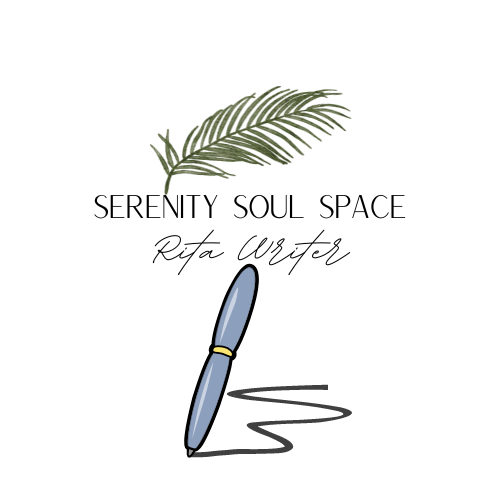
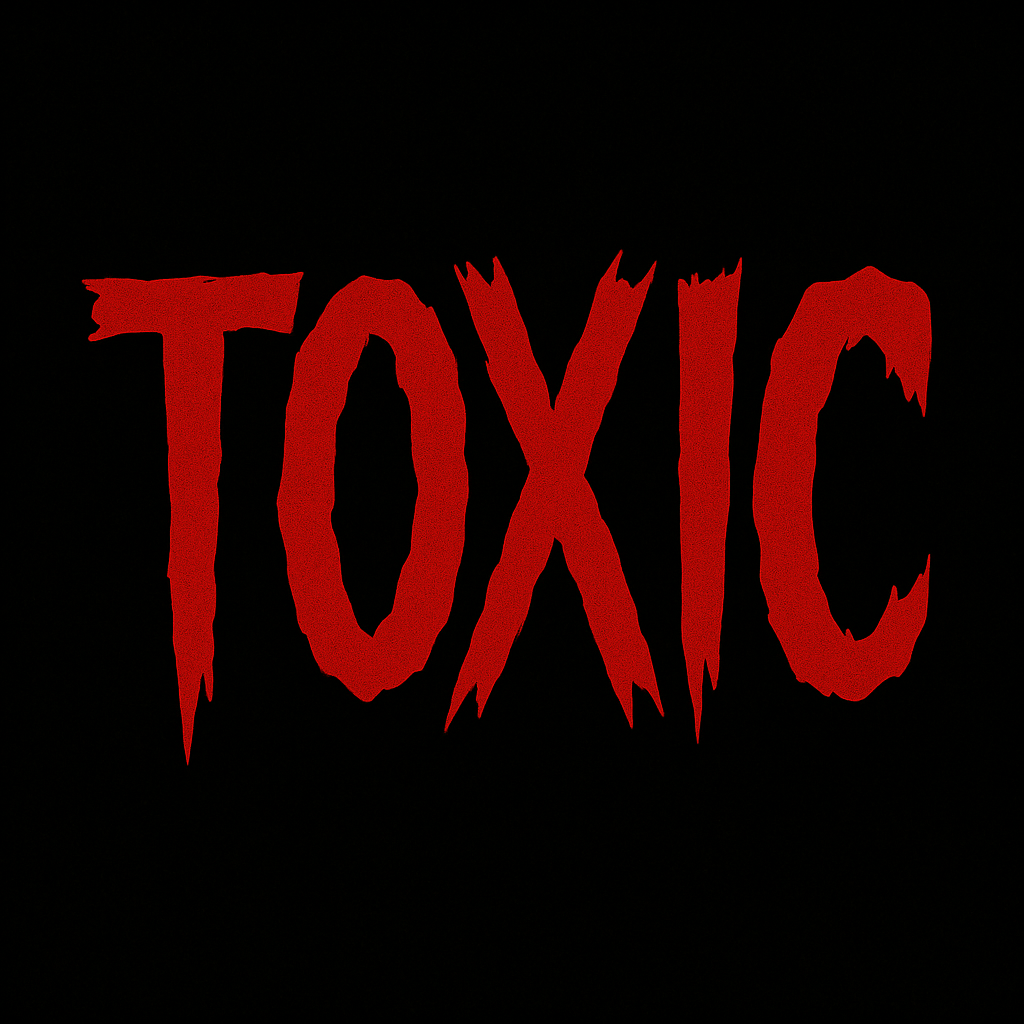
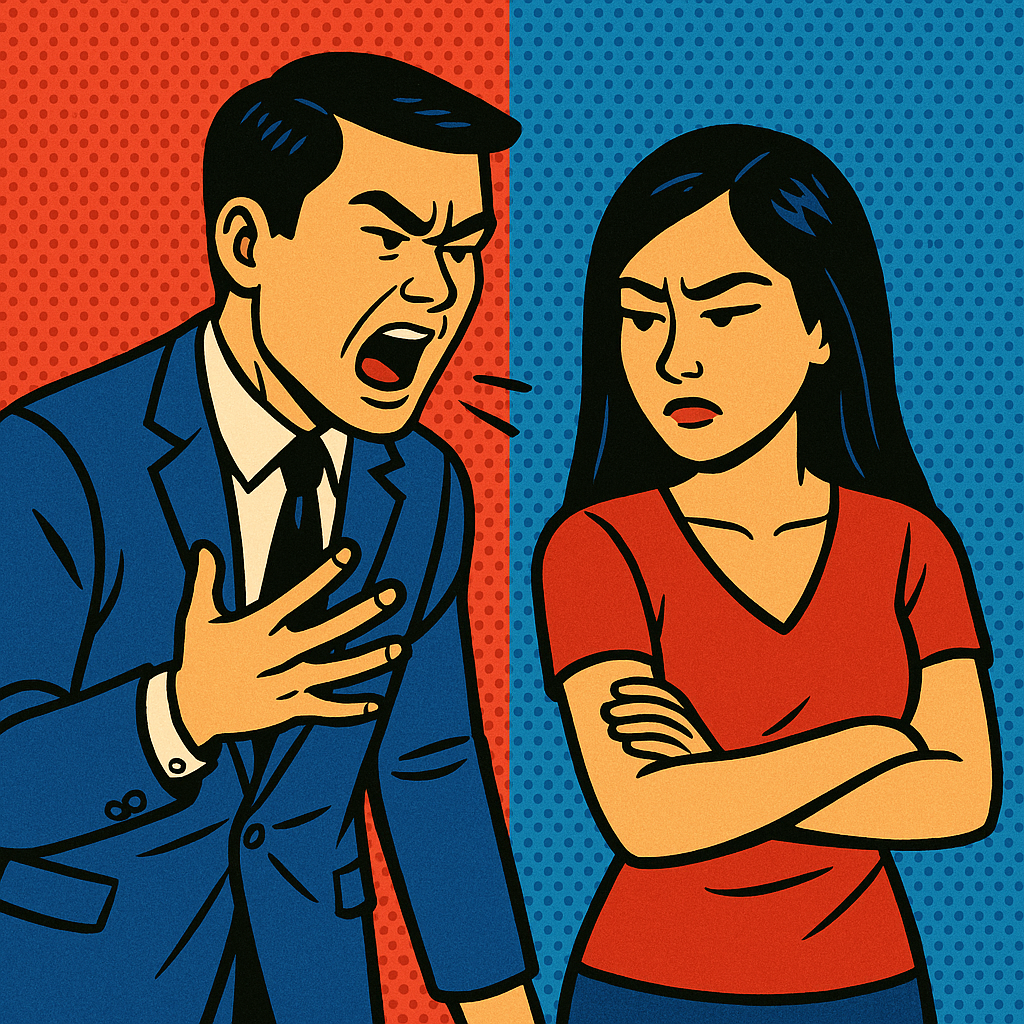
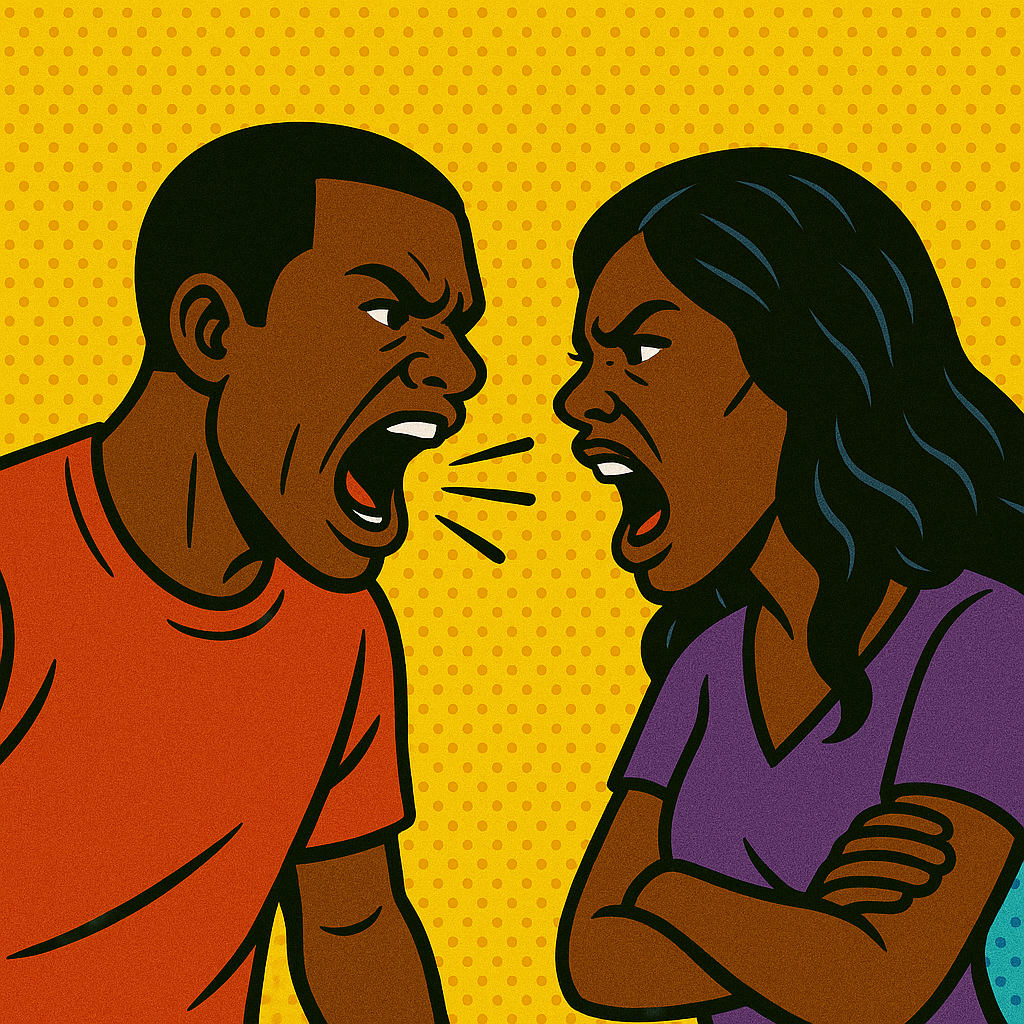
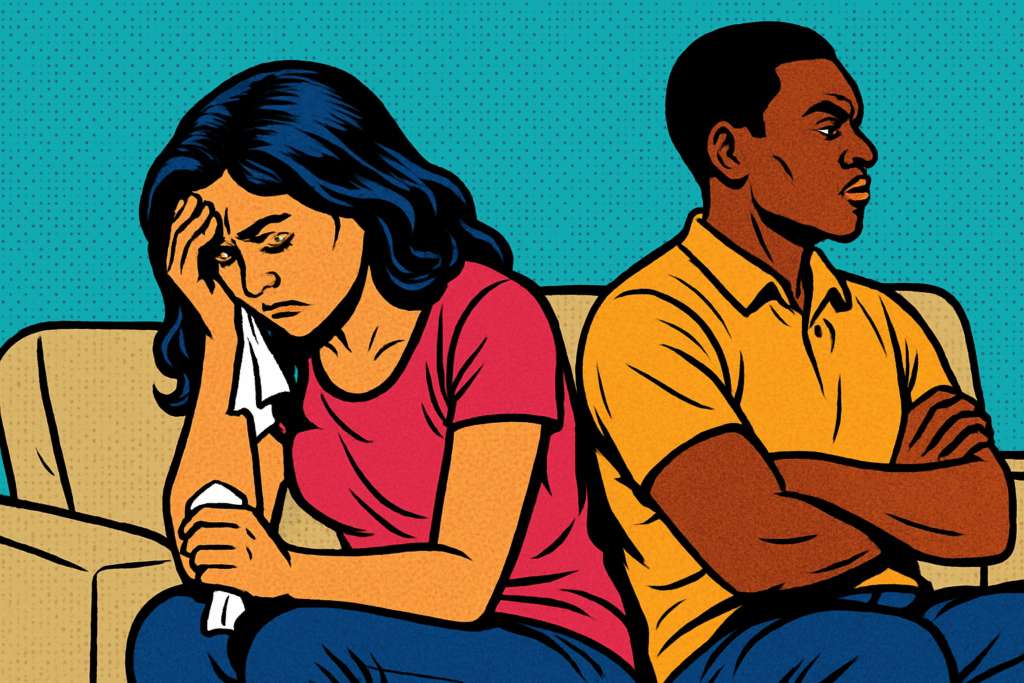
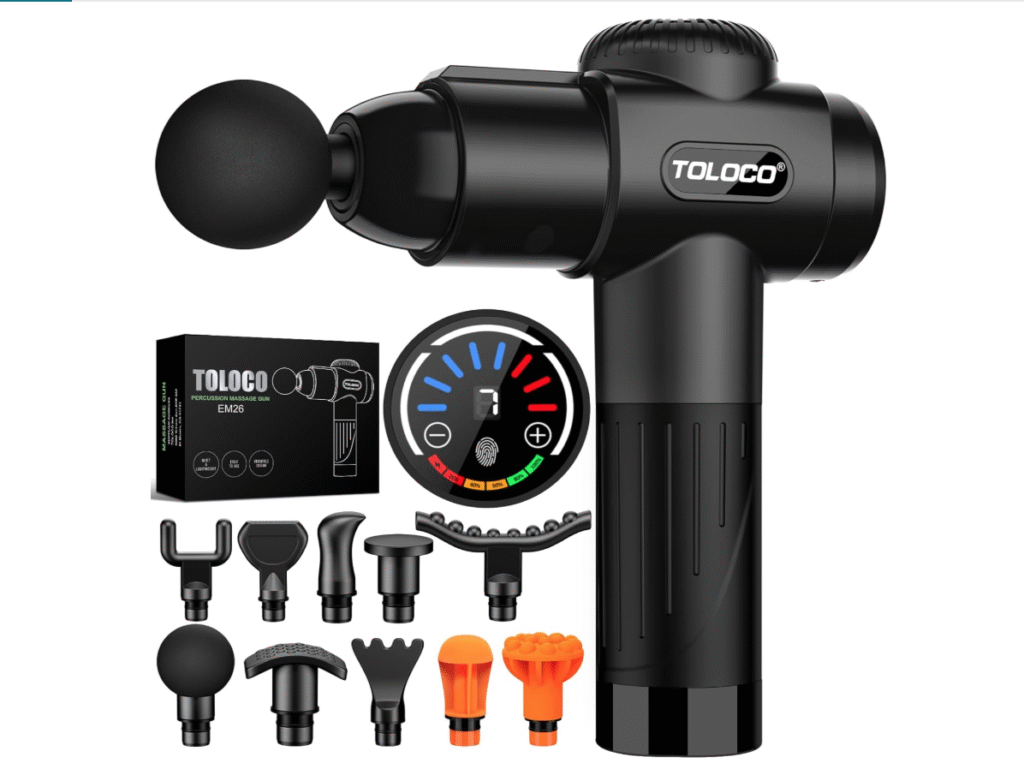
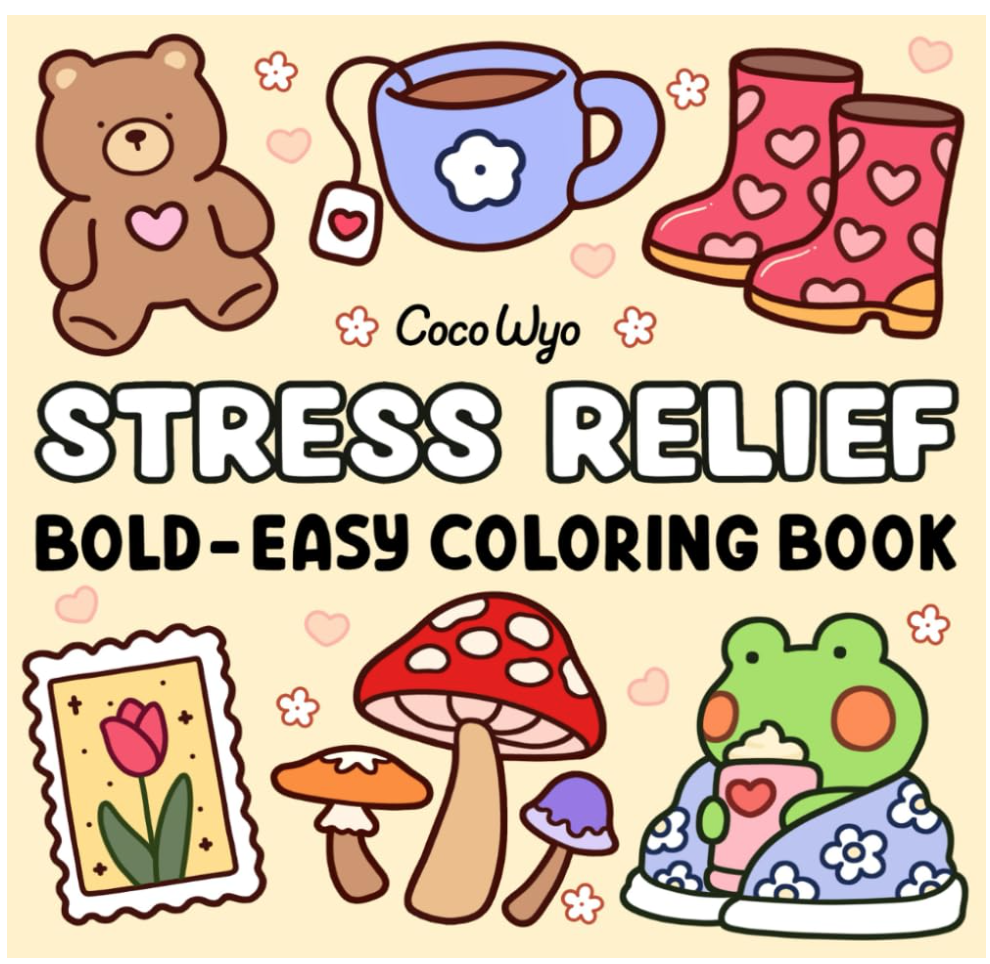

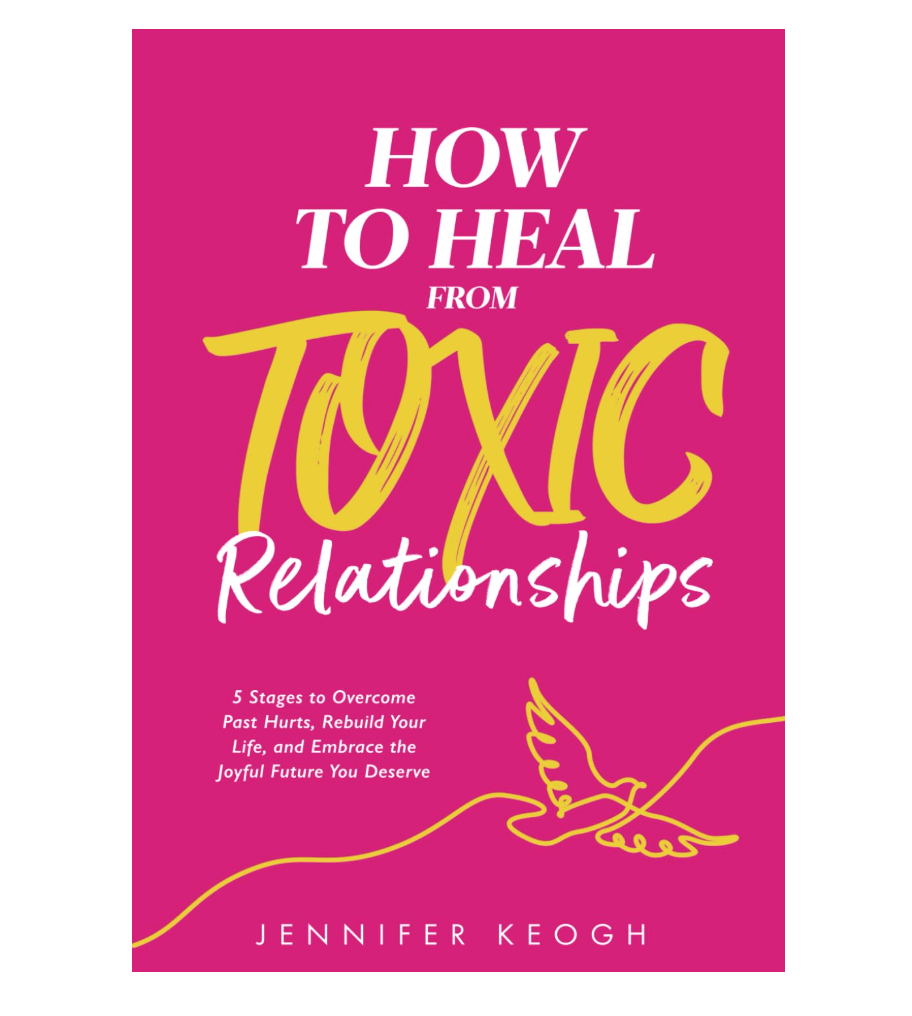


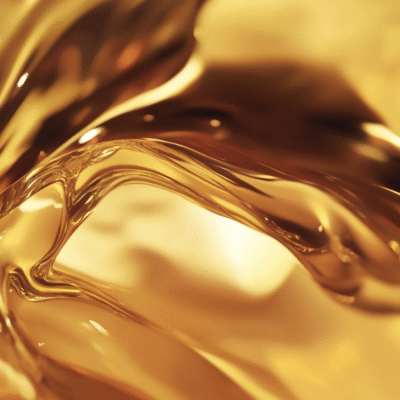





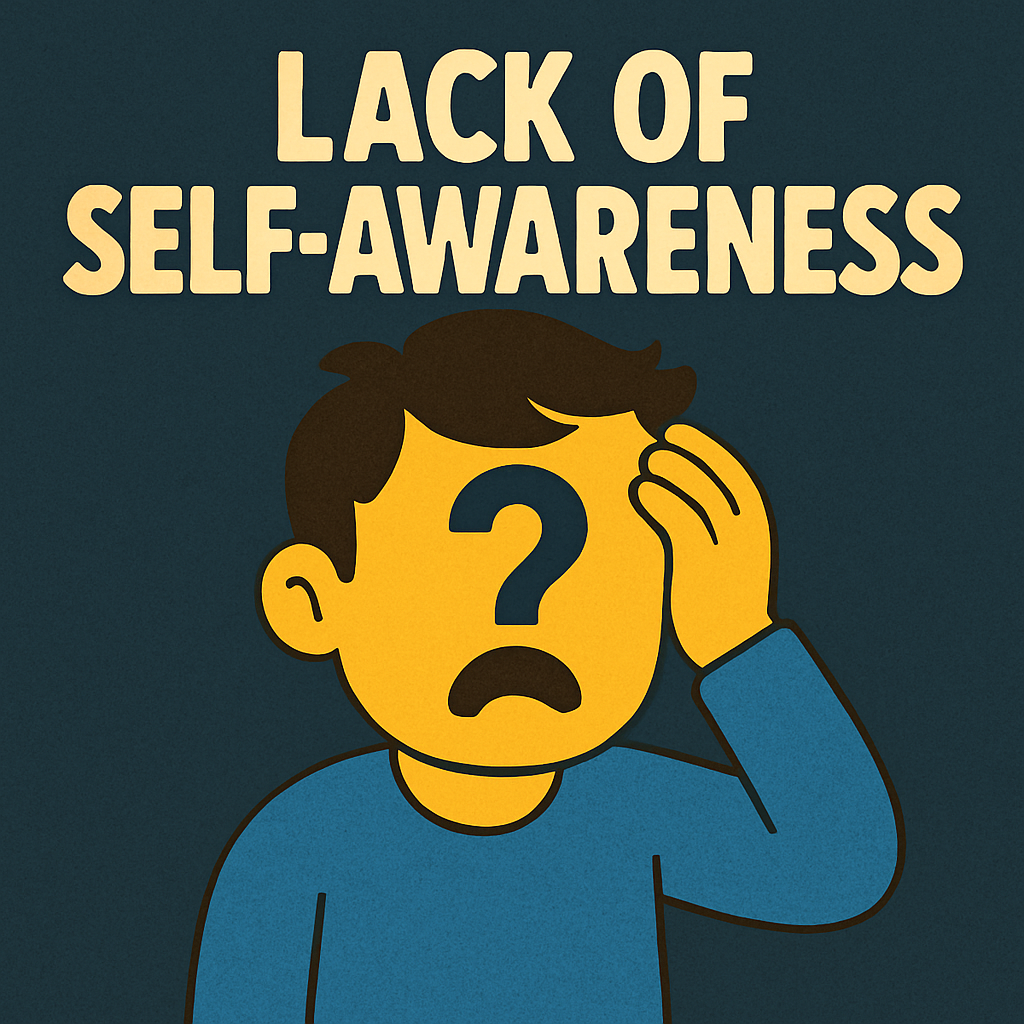
No Comment! Be the first one.